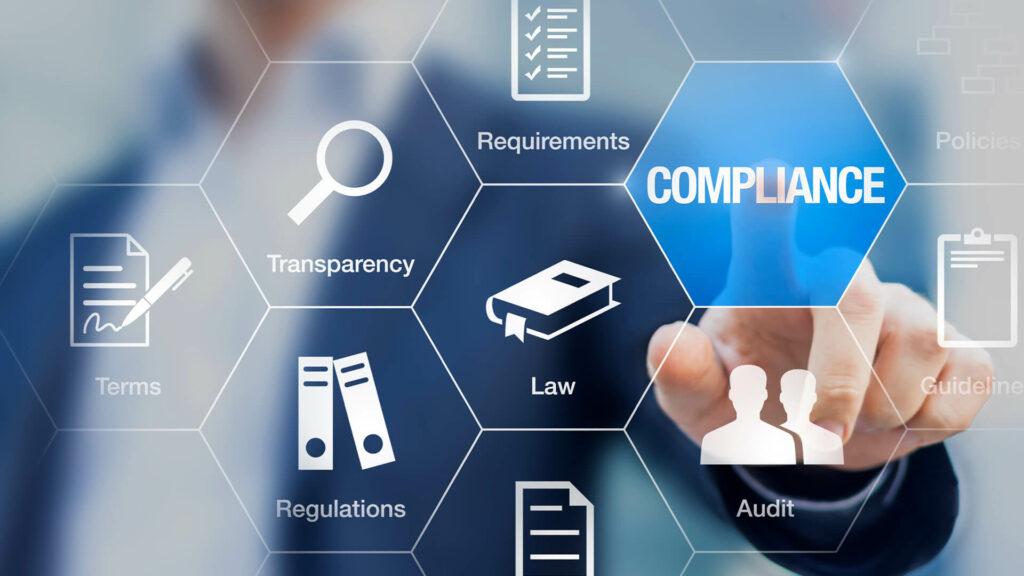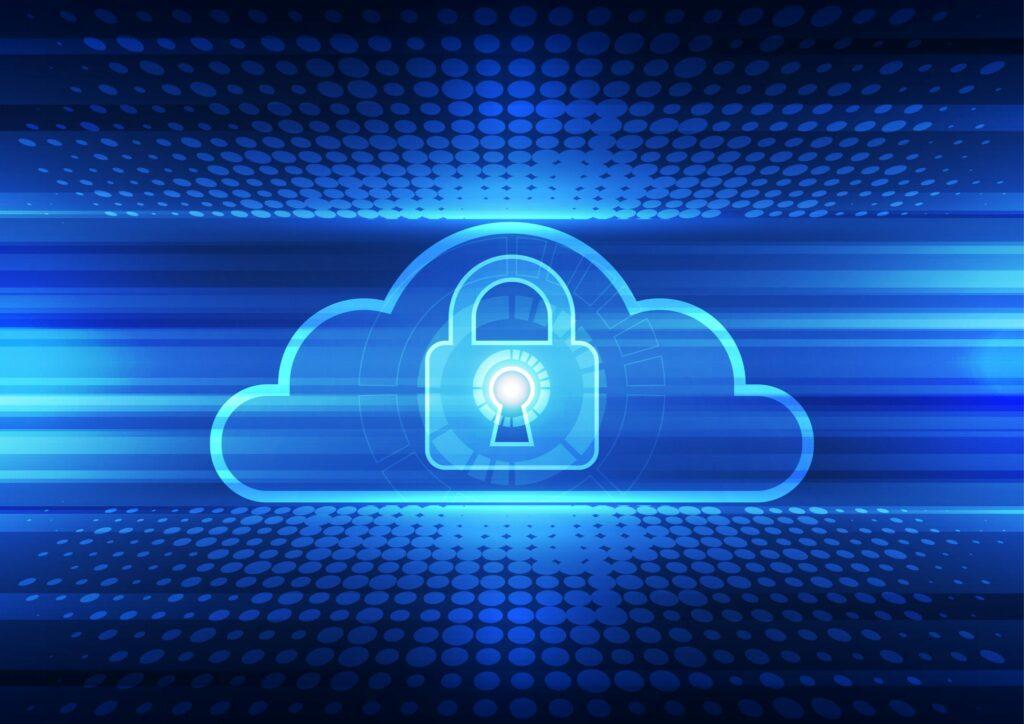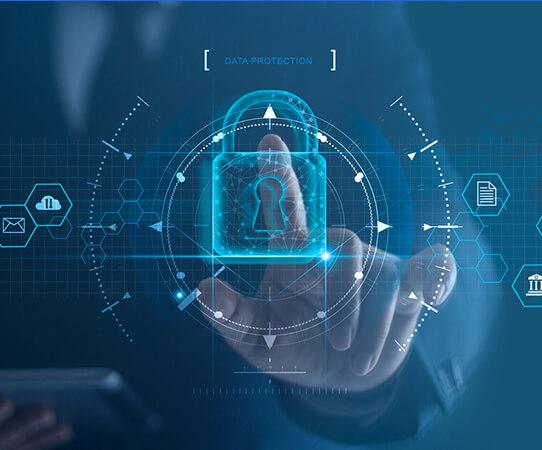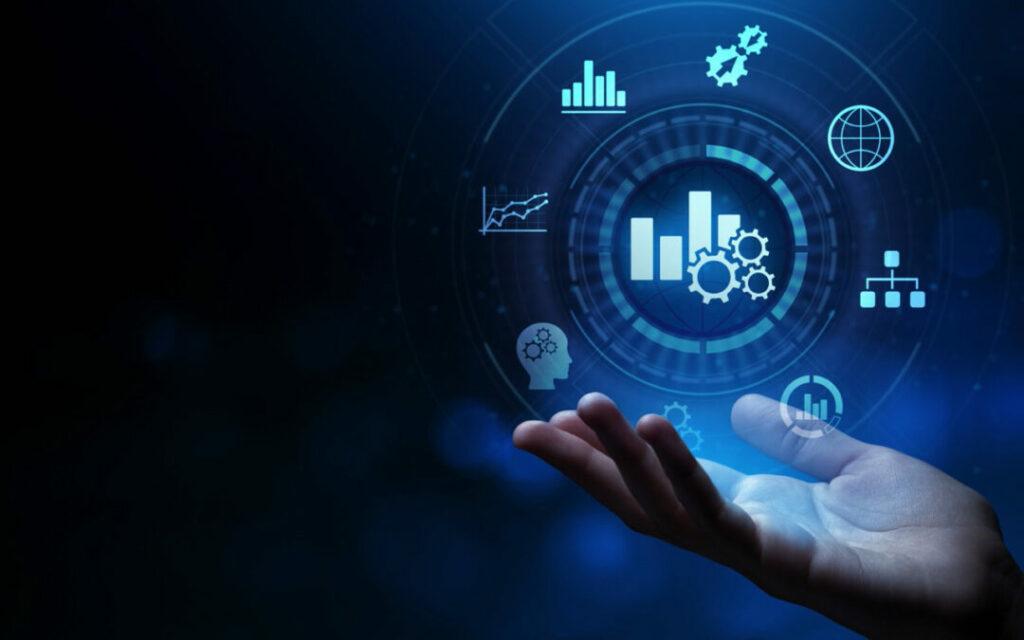Information and Cybersecurity
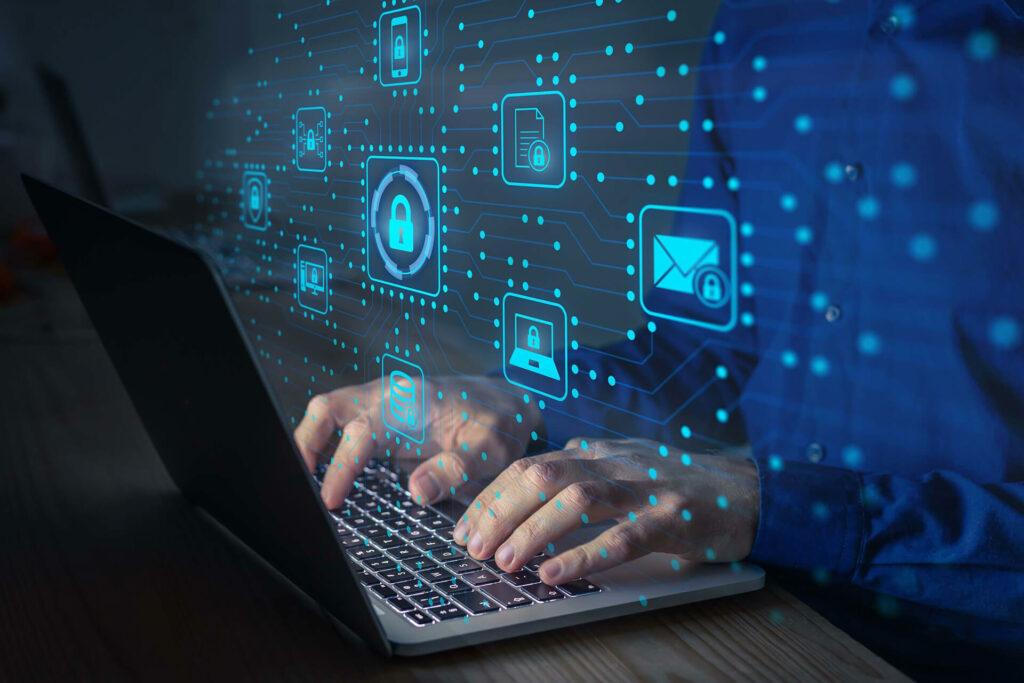
Information and Cybersecurity
There are two ways to see Cybersecurity: as a source of vulnerability, risk, and expense – or as a driver of transformation. The difference is the confidence you have in the resilience of your approach.
Cybersecurity is not an afterthought, it is a strategic imperative for digital growth.
The world of technology is continuously evolving, from the rise in the Internet of Things (IoT) through the adoption of Software as a Service (SaaS) over traditional in-house applications. And as technologies shift, so does the threat landscape.
In the current threat landscape, we act as our customer’s trusted to-go partner, bringing many years of expertise to assist your organization in protecting systems, networks, and programs from digital attacks.
We provide the following services In Information and Cybersecurity;
- Risk & Compliance
- Cloud and on-premise security
- Managed Detect and Response (outsourcing)
- Advisory & Strategy (vCISO)
- Vulnerability Management Modernisation
- Physical Security
RISK & COMPLIANCE
STG’S Risk & Compliance solutions team helps banks and financial services institutions in mitigating the challenges arising from the impact of dynamic regulations, financial crime, cybersecurity threats and emerging technologies.
Risk has taken a new dimension after the global financial crisis of 2008 in which huge losses from over-the-counter (OTC) derivatives caused the global financial services upheaval.
Managing risk in today’s evolving business landscape presents a range of challenges for organizations. Risk and compliance models must align with and enable the business strategy, so the organization avoids risk, achieves business objectives and creates value.
STG understands the complex challenges you face. With our extensive experience addressing industry-specific risk issues, we provide the power of a global consulting firm backed by a personalized advisory approach to serving our clients.
Our holistic, right-sized risk solutions combine compliance, technology risk, cybersecurity and business resiliency to meet the needs of your entire organization. Our advisory team has the in-depth global experience, technical skill and industry knowledge required to truly understand what makes your business unique.
CLOUD AND ON-PREMISE SECURITY
Today’s businesses can decide between on-premises vs. cloud solutions for just about every element of their IT services, including software, servers, storage, backups, security, and enterprise resource planning (ERP). The cloud is becoming increasingly popular, but on-premises or “on-prem” implementations retain a vital role.
The key benefits of a cloud-based security solution are similar to those that attract an organization to any other cloud offering: ease of deployment, ease of maintenance, scalability, performance and more.
These apply for cloud security solutions, along with the ability to rapidly scale or even deploy additional features or protection levels as business needs change. Likewise, cloud security can provide organizations with cost flexibility since many cloud offerings have significantly lower up-front and ongoing expenses associated with them.
Some find it very difficult and even confusing when making the cloud vs on-prom decision. You may ask, is on-prom more secured than cloud environment? We have the answers for you.
The key is to find a security solution that provides the same experience and access to continuous monitoring results whether or not the offering is in the cloud or on-premises.
MANAGED DETECTION AND RESPONSE (OUTSOURCING)
What is MDR and XDR?
Managed detection and response (MDR) is a cybersecurity service that combines technology and human expertise to perform threat hunting, monitoring, and response. The main benefit of MDR is that it helps rapidly identify and limit the impact of threats without the need for additional staffing. MDR providers bring the expertise needed to understand the full context of each incident, providing pertinent recommendations on modifications that organizations can implement to notably enhance security and mitigate future attacks.
Not only is this good business practice but it also helps businesses stay in compliance with regulations like PCI, SOX, GLBA, HIPAA, FACTA, NIST 800-53, and FERPA.
What are the benefits of MDR?
Organizations using our MDR solution can immediately reduce their time-to-detect (and therefore, time to respond) from the typical 280 days to as little as a few minutes –thereby dramatically reducing the impact of an event.
But reducing time-to-detect from months to mere minutes is not the only benefit. Organizations can also:
- Improve security posture and become more resilient to potential attack by optimizing security configuration and eliminating rogue systems.
- Identify and stop hidden, sophisticated threats through continuous managed threat hunting.
- Respond to threats more effectively and restore endpoints to a known good status through guided response and managed remediation.
- Redirect staff from reactive and repetitive incident response work toward more strategic projects.
STG SOLUTIONS;
Threat Hunting and Detection
We pair technology and our insight into an attacker’s mindset to monitor and detect the network threats automated systems often miss.
Analysis and Investigation
We investigate and add context to attacks to help you better understand them so you can use this to bolster your security strategy.
Response
We pair technology and our insight into an attacker’s mindset to monitor and detect the network threats automated systems often miss.
Remediation
We work tirelessly to restore systems by removing intruders, malware, and persistence mechanisms.
ADVISORY & STRATEGY (vCISO)
The COVID-19 pandemic forced many businesses to find new ways of working, forcing a fast and swift implementation of new systems and policies to facilitate remote work.
During the struggle to adjust and ensure smooth operations, many long-simmering cybersecurity risks and issues have come to the forefront.
The figures below are alarming, take the right action and don’t allow your business become a statistic!
$US $3,860,000 :
Average Cost of a Data Breach for a Business in 2020 (IBM)
207:
Average number of days to identify a breach in 2020 (IBM)
11 seconds:
Time between 2 businesses falling victims to ransomware
$US 6 Trillion:
Annual worldwide Cybercrime cost in 2021 (CyberV)
Our cost-effective vCISO service brings leadership, experience and skills, helping you define, plan and execute a security strategy tailored to your organization’s needs.
We can help you empower your enterprise to create an effective and comprehensive security strategy that can withstand change and disruption.
VULNERABILITY MANAGEMENT MODERNISATION
WHAT IS VULNERABILITY MANAGEMENT?
Vulnerability Management allows you to identify, prioritize, and respond to software issues and misconfigurations that could be exploited by attackers, lead to inadvertent release of sensitive date, or disrupt business operations
The amount of reported and exploitable vulnerabilities continues to increase. In Q1 2022, 8,000 new vulnerabilities were confirmed. Looking across all reported vulnerabilities in CVE Details, 11% have a critical score. Furthermore, Edgescan’s 2022 Vulnerability Statistics Report confirmed that one-in-ten vulnerabilities in internet-facing applications are considered a high or critical risk.
There will always be vulnerabilities, the threat landscape will continue to evolve, and the attack surface will continue to increase. As defenders, we are at a pivotal moment where we need to look into modernizing our approach to vulnerability management. The time of periodic, manual, and siloed risk assessments is no longer efficient nor scalable.
Just as we shifted from traditional signature-based security solutions to behavioral-based detection and response methodologies, so we need to modernize our approach to vulnerability management.
To learn more about how STG can help with real-time asset discovery and vulnerability management, contact us today and let’s get started.
PHYSICAL SECURITY
WHAT IS PHYSICAL SECURITY?
When we think of physical security, we immediately think of locks, bars, armed uniforms etc.
Physical security is the protection of people, property, and physical assets. It protects from actions and events that could cause damage or loss.
And also, physical security focuses on the application, strategy, and preservation of countermeasures that can defend the physical resources of a business.
How important is Physical Security in Cyber Security?
With years of experiences in Cyber Security , we understand physical security risks. For example, an open door increases the risk of unauthorized people entering. Valuable goods that are visible could be taken easily.
Human error and accidents may cause harm to people, property, and things. Therefore physical security is equally important as cybersecurity.
Physical Security and Cyber Security work together to protect the physical and digital assets of an organization. Among the things you should do to ensure physical cybersecurity in your business are Site access control, employee awareness training, building secure guest wifi, locking up your servers
Think about the ways in which you can protect your company and its sensitive data, the physical implications, you don’t want to expose your assets to those risks right?

